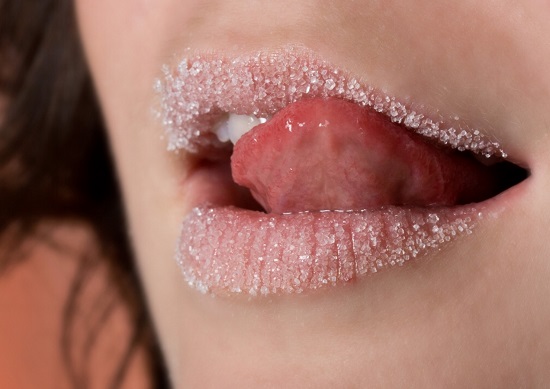When we consider sugar, we think of the white (or brown stuff) that we put in our beverage or spoon on our cereal.
Most of would never dump 40 teaspoons of sugar on our food—the mere thought of eating this much sugar would make most people feel ill.
However, the average Australian consumes roughly 40 teaspoons of the sweet stuff a day and the average U.S. teenager around 28 teaspoons daily. Of course, the vast majority aren’t spooning it on their food.
Rather, most of the sugar we is consumed is hidden in processed foods. While some of it is naturally occurring, like the sugar found in many fruits, much of it is added. According to The New York Times, an estimated 80% of all supermarket foods have added sugar.
And while foods with added sugar immediately conjure up images of cookies, cakes, ice cream and candy, much of the sugar we consume is hidden in foods we would never think had added sugar or at least, not that much. (Recently, I came face-to-face with this reality when I discovered the so-called healthy organic strawberry yogurt my 6-year-old loves. It has 24 grams of sugar per 1 cup serving.)
In his new documentary, the Australian actor-director, Damon Gameau, sets out to find out what will happen if he consumes 40 teaspoons of sugar per day. Gameau, who modeled his film after Morgan Spurlock’s now-classic documentary Supersize Me, does something a little differently than most would imagine.
Rather than consume traditional, sugar-coated junk foods, he meets his 40 teaspoon a day quota by consuming so-called healthy foods like fruit juices, low-fat yogurt and health bars. He also kept his daily calorie intact roughly the same as he did when he was eating his usual low-sugar diet of healthy, unprocessed foods. Still, within 18 days he showed signs of a fatty liver and he says his waistline expanded considerably. He also notes he never felt full and experienced mood swings, probably as a result of his blood sugar levels.
The documentary is not without controversy and as he said, in a recent interview with Anahad O’Connor, it’s sparked a lot of comments from various big food companies. Some critics in his native Australia also didn’t like it, but Gameau says he made it “for the general public because people need this message.”
He has a point. People everywhere need to be aware of this.
Recently, there was an attempt in the U.S. that would require nutrition labels to carry details about added sugars and that was has faced resistance from the food industry.
Despite his experience, though, Gameau does not vilify sugar nor call for it to be banned. Instead, the point is we need integrity around our sugar intake.
“There was a study done in Australia that found that 55% of people get their nutrition advice from food labels, compared with only 25% who get their advice from a nutritional advocate. . . People are taking at face value what these products tell them. We’re encouraging people to turn that label around, look at the sugar content, see through the marketing hype and the slogans and actually take control of what they’re putting in their bodies.”
~ Damon Gameau
He notes that even labels that presented themselves as healthy and bucolic showing bumblebees and suggesting health were often full of sugar.
Given our current worldwide obesity epidemic, That Sugar Film is one we should all see. Perhaps doing so could lead to positive changes in the long run. At the very least, you’ll never look at food, promising to be healthy, in the same way again.
~
Relephant bonus:
~
Relephant read:
Important Reasons to Avoid Sugar.
~~
Author: Kimberly Lo
Editor: Ashleigh Hitchcock
Photo: flickr







Read 0 comments and reply